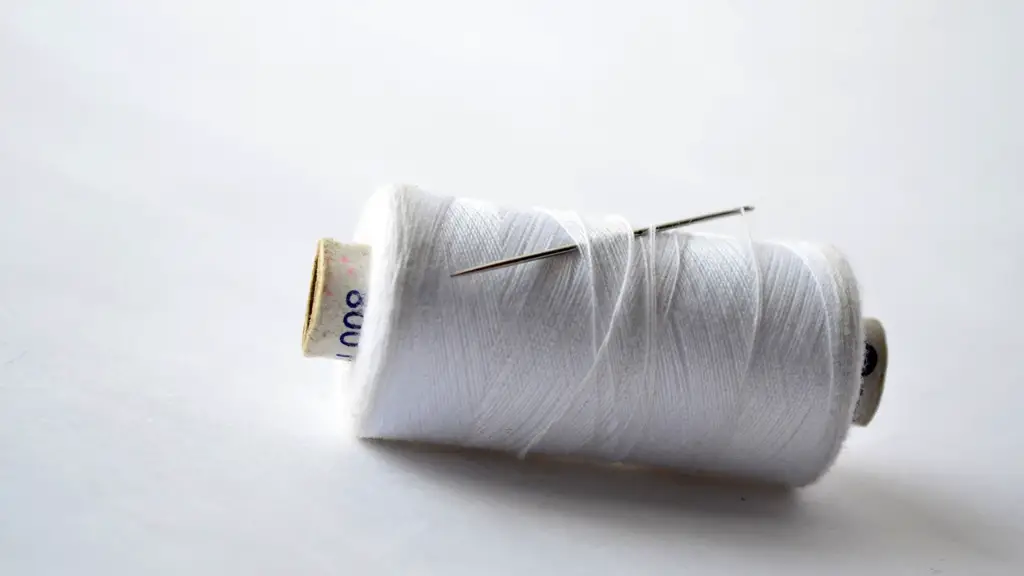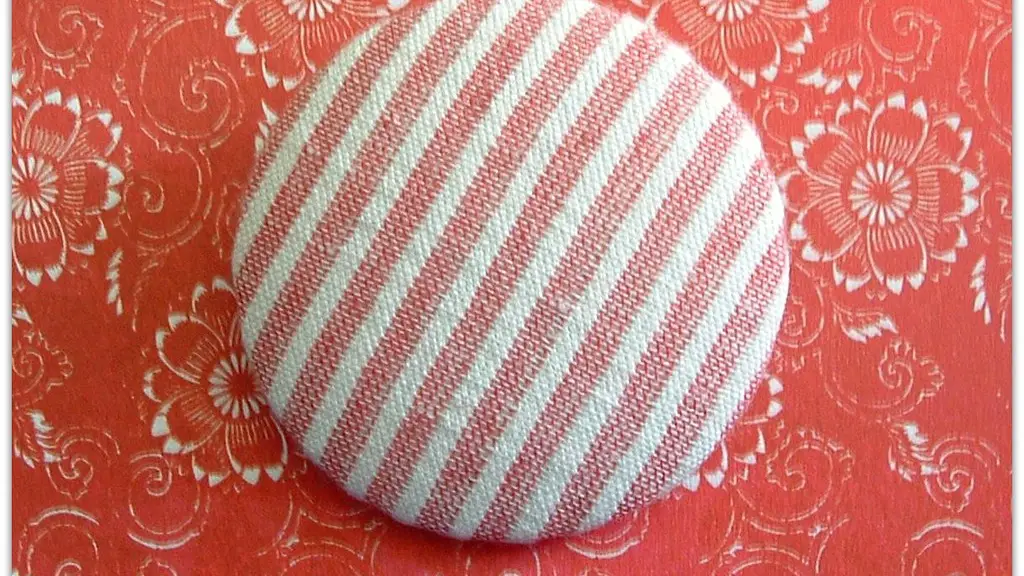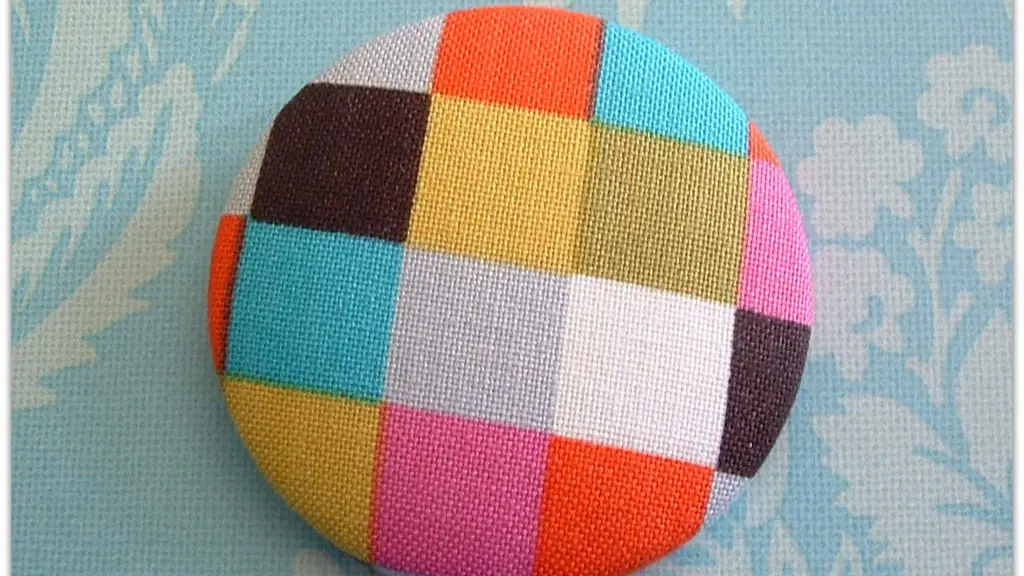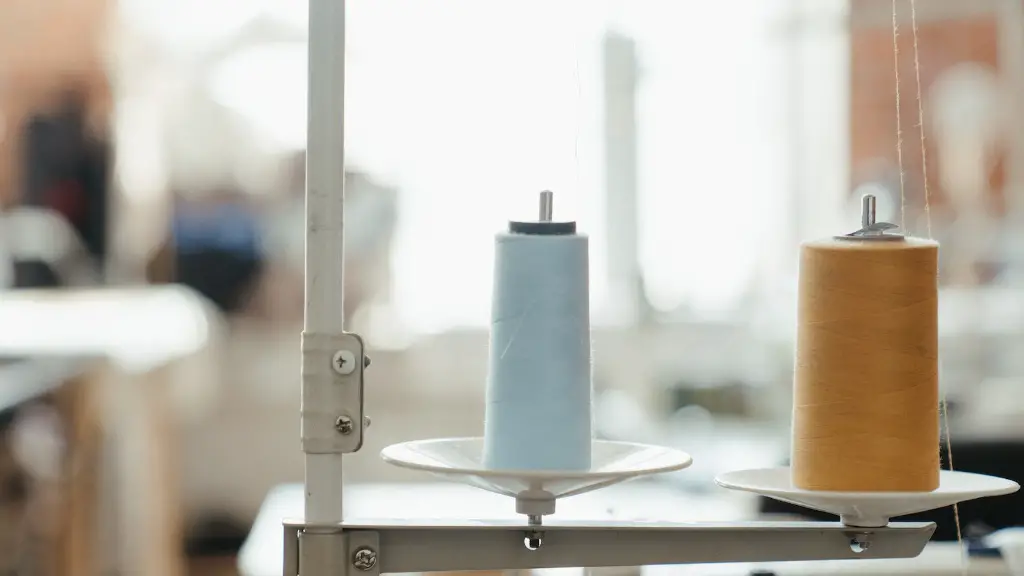Gathering Needed Materials
Before you start sewing, gather all the materials that you need for this project. Firstly, find a suitable thread. Make sure it is strong enough for the fabric you are using and check to see if it has a special quality that works best with the machine you are using. Secondly, locate an appropriate needle that fits into the sewing machine. Threading the needle with the selected thread is a crucial step to getting the project completed. Additionally, gather the fabric that you need for the project. Cut it to the desired size and have it ready to go when starting the project.
Threading the Needle
The most important step for threading the needle is to straighten out the thread. Even if you are in a hurry, it is crucial to take the time to straighten the thread as this will help prevent tangling. Next, loop the thread through the eye of the needle. Check to ensure the thread is securely in the eye and remove any excess thread that could cause issues with the machine.
Threading the Machine
Finally, thread the sewing machine itself. Each sewing machine has its own path that the thread must travel through to thread the machine. Refer to your owner’s manual or directions on the internet to ensure that you follow the instructions accurately. Start by feeding the thread through the take-up level. This helps adjust the tension of the thread and allows it to be wound around the bobbin. Ensure you do not pull too hard and rip the thread through the machine.
Preparing the Machine for Sewing
Once both the needle and the machine are threaded, the next step is to prepare the machine for sewing. Start the machine and make sure it runs smoothly. Also, check the tension of the thread and adjust it if needed. Generally, the thread needs to be tight enough to keep the fabric from slipping but loose enough to prevent the thread from bunching up.
Starting Sewing
Now you are ready to start your project. As you sew, pay attention to the patterns in the stitches to ensure the seam is consistent. If you need to start the project in the middle of the fabric, ensure that you lock the loose stitch by doing a reverse stitch at the beginning and end of the seam. This will help hold the threads together and ensure the material is secure. Finally, to get the perfect straight seam, set your seam allowance guide to the desired setting.
Types of Stitches
To complete your projects, you will likely have to use different types of stitches. Some of the most common types of stitches are the straight stitch, the zigzag stitch, and the overlock or serge stitch. When choosing the stitch, consider the qualities and functions of each. For example, the overlock or serge stitch is good for reinforcing the edges of the material and preventing fraying. Ultimately, use different stitches to ensure that you have the best results for your project.
Finishing the Piece
After the project is complete, make sure that the seams are secure and have no defects. If you have any loose threads, use a seam ripper to go back and remove them. Additionally, check the back of the fabric to make sure that the tension is even and that you have properly secured the threads. Finally, press down the seams with a clean iron to give the fabric a professional finish.
Maintenance of Sewing Machine
The final step is to properly maintain your sewing machine. This is so that the machine stays in the best working order. Make sure to clean the machine after each use. This is important to remove any fabric bits that could be damaging to the machine. Additionally, always check for signs of rusty needles or worn down parts to ensure that your machine is working effectively. Additionally, have your machine serviced every six months to one year depending on usage. This will also help keep it in perfect working order.
Handling Thread
Threading a sewing machine successfully starts with selecting the right type of thread and handling it properly. Start by selecting a thread that is appropriate for the fabric and your sewing machine. Additionally, straighten the thread before threading the needle and remove extra thread to prevent tangling. This will help ensure the machine is threaded properly and the stitches are even.
Picking the Right Needle
Another important step is to pick the right needle for the project. Make sure to select a needle size that matches both the fabric and the thread used. Additionally, try to use the same needle for the same type of fabric for all projects. When selecting the needle and thread, make sure to use only the highest quality threads and needles. This will help ensure the finished product is of the highest quality.
Adjusting the Tension
While sewing, it is important to adjust the tension of the thread. This will help prevent the fabric from slipping while keeping the thread from bunching up. Try to keep the tension even by adjusting the take-up lever. Additionally, if the fabric is sliding instead of catching every stitch, it is likely that the thread is not tight enough.
Using Different Stitches
Using different types of stitches will help give the final product a professional look. The most common types of stitches are the straight stitch, the zigzag stitch and the overlock or serge stitch. As a guideline, the overlock or serge stitch is great for reinforcing the edges of the fabric. Additionally, by using different stitches, you can create any project design imaginable.
Care of the Fabric
The final step is to care for the fabric properly. To give the project a professional finish, press the seams down with a clean iron or press cloth. Additionally, check for loose threads and remove them with a seam ripper. Finally, to keep the fabric looking its best, make sure to clean the fabric after each project and store it properly.



